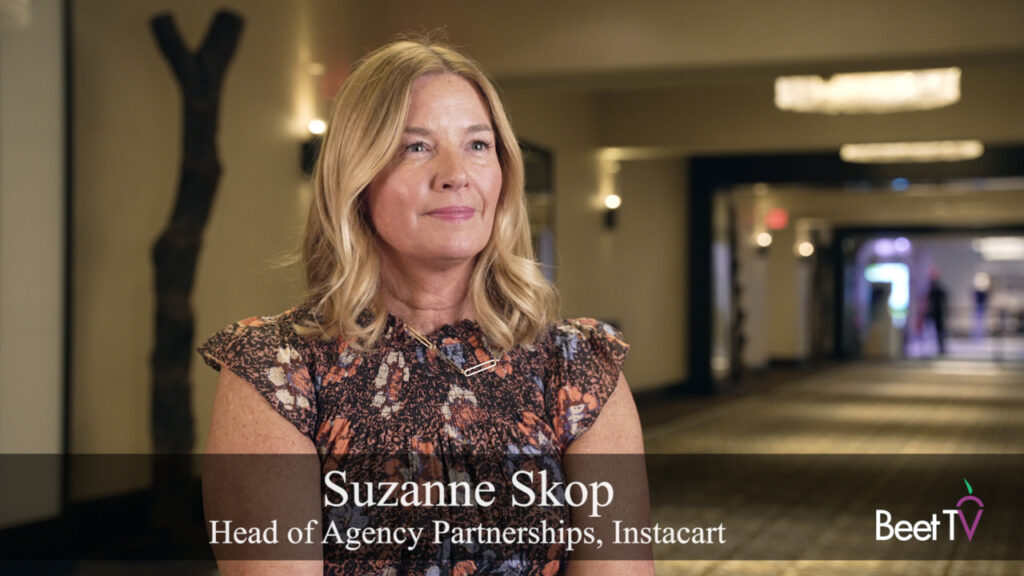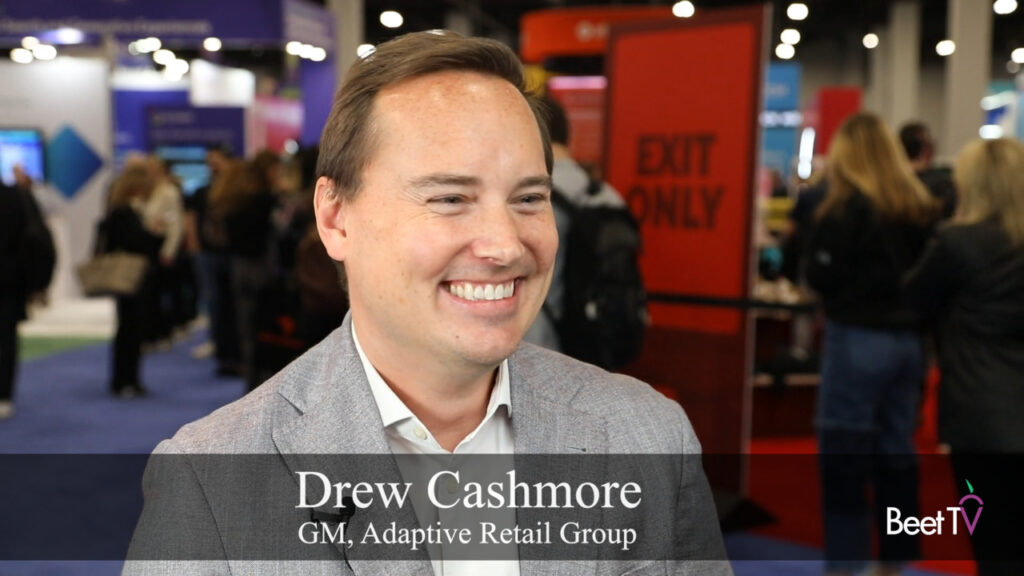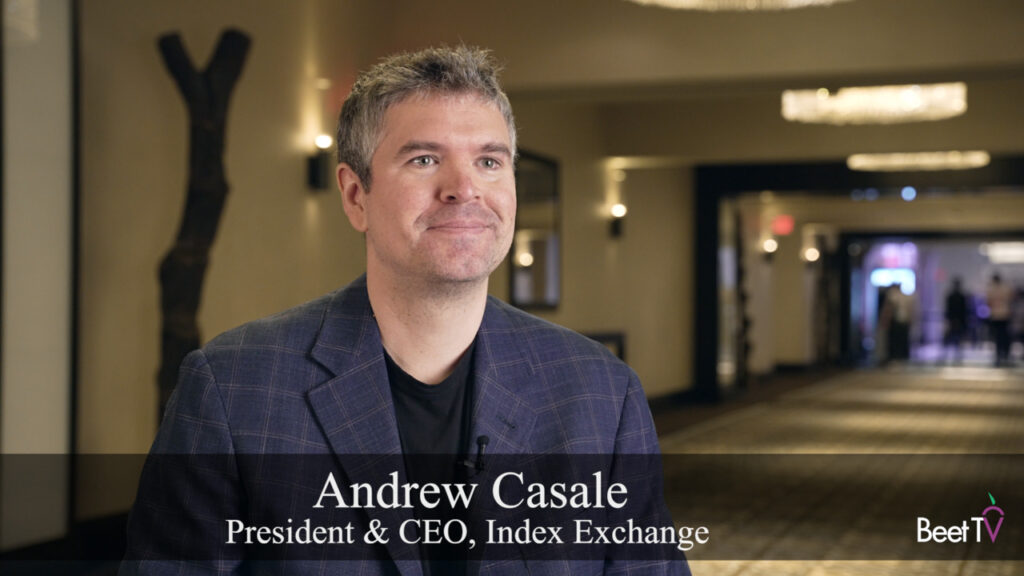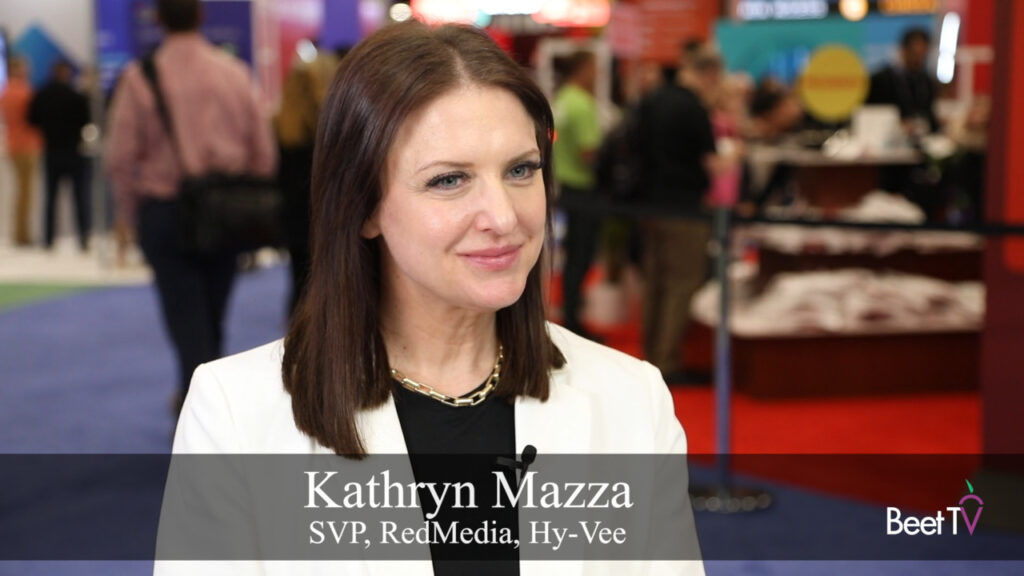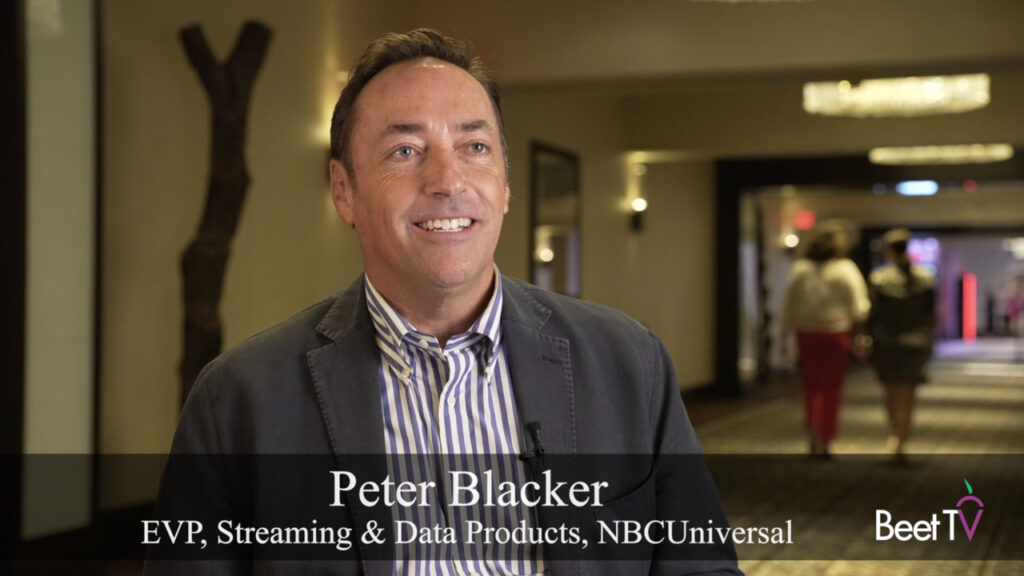MIAMI – If you “see” consumers an average of 1,200 times each month, thanks to their mobile devices, you get a pretty good idea of their retail habits. Those learnings can empower new ways of understanding how website traffic impacts store visits.
When location-data marketing platform NinthDecimal studied the connection between digital assets and offline sales, it found that mobile generated a higher incremental lift in store visits than mobile and desktop. “So it’s really about that consumer shopping journey,” says Brian Kilmer, the company’s SVP of Advanced Television & Central Region Sales.
In this interview at the recent Beet Retreat Miami 2017, Kilmer explains how the same location data is being used to plan and buy television based on exposure to TV commercials and subsequent behavior.
Using patented technology, NinthDecimal “looks at the physical outlines of 103 million U.S. households and we look to see the signals from a mobile device” within a precision of four feet. In its recent study with marketing agency Ansira, NinthDecimal measured the effectiveness of organic web visits, paid search web visits and media as it relates to driving store traffic.
In addition to underscoring the strength of mobile, the study showed that paid search drove the highest website-to-store conversion rates (1.7X greater than direct site traffic) and direct site traffic drove the highest lift in incremental store sales. Based on the study, NinthDecimal expanded its offline attribution platform, Location Conversion Index, into a website-to-store attribution solution called Website LCI.
Via various data partnerships, NinthDecimal can examine linear and OTT TV commercial exposure data for households. “We then look at the consumers based on all of the places that they go and see if the exposure to a TV ad drove them in-store more,” Kilmer says.
Those same data are used to create audience targets and push them onto to TV planning and buying platforms. Even traditional print media like magazines can be assessed for the impact their ads have on driving consumer behavior, according to Kilmer.
Just because someone saw a particular ad then visited that marketer’s store doesn’t mean one caused the other. “That actually doesn’t measure ad effectiveness. That measures did you target someone going to my store,” says Kilmer.
So NinthDecimal uses more than a year’s worth of historical consumer data to surface incremental behavior, as in did someone “go more than someone who looks just like them who did not see that ad.”
This video was produced at the Beet Retreat Miami, 2017 presented by Videology along with Alphonso and 605. For more videos from the event, please visit this page.








